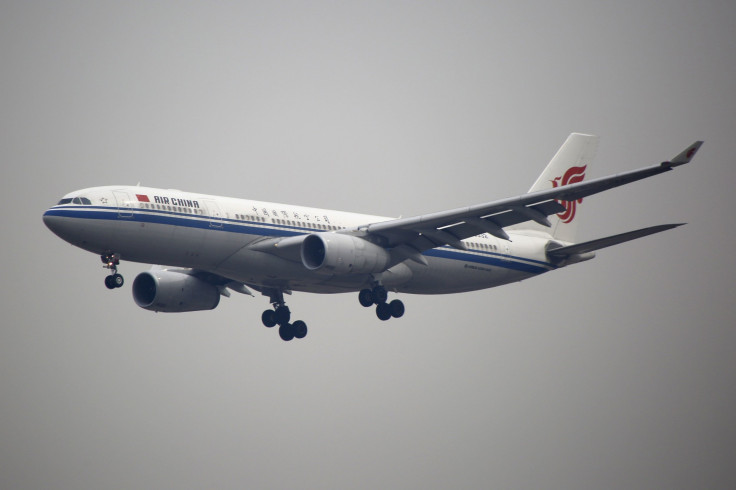MH370 Effect? Malaysia Airlines Will Reportedly Track Airplanes Via Satellite

Malaysia Airlines, which lost the MH370 jet with 239 people on board in 2014, has become the first airline to sign an agreement to track its airplanes via satellite.
"Real-time global aircraft tracking has long been a goal of the aviation community. We are proud to be the first airline to adopt this solution," Malaysia Airlines Chief Operating Officer Izham Ismail said in a statement to Bloomberg on Tuesday.
Read: Will MH370 Ever Be Found?
A deal signed Tuesday between Malaysia Airlines Bhd, Aireon LLC, SITAONAIR and FlightAware LLC will enable the airline to track the flight paths of its airplanes globally, including over polar regions and oceans. The satellite network, designed by Aireon and Iridium Communications, will be completed in 2018.
Currently, international flights use a system called ADS-B for tracking. Airplanes are tracked via signals transmitted by the system on both ground and air. The U.S. Federal Aviation Administration also uses the same system.
The MH370 crash, which could have prompted Malaysia Airlines to take this step, still remains one of the most mysterious airplane crashes of our time. The plane was flying from Kuala Lumpur to Beijing on March 8, 2014, when it turned around, flew back across Malaysia and then reportedly crashed in a remote part of the southern Indian Ocean. The debris washed ashore at the Reunion Island in western Indian Ocean in 2015, but the main wreckage of the plane was never found.
Read: MH370 Debris Map: Everything Confirmed To Be On The Missing Plane
Whether the new system — had it been installed in MH370 — could have made a difference in tracking the plane, is not yet clear. But unlike the transmitter on the flight that was shut off, probably intentionally, the new system would keep tracking flights regardless of whether the transmitter is on.
© Copyright IBTimes 2025. All rights reserved.




















